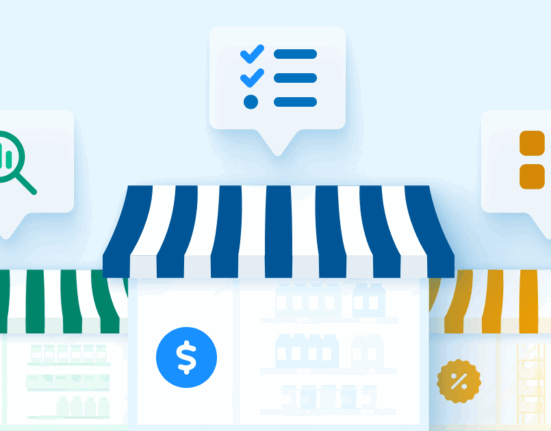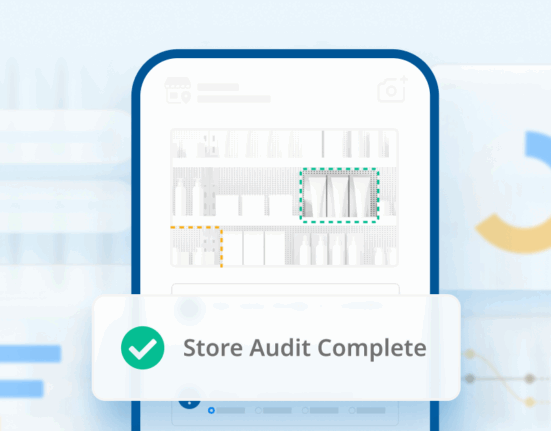October 1, 2019, was the deadline for CPG companies to comply with Amazon’s new Frustration Free Packaging guidelines. These require products of a certain size to be shipped in their own 100 percent recyclable packages, eliminating the need for extra Amazon packaging. This is only the latest in a host of big changes when it comes to CPG packaging.
Reports show that switching to sustainable packaging has become imperative for many businesses. More than 50 percent of consumers say they would pay more for eco-friendly packaging. And in the UK, some are calling on the government to make product manufacturers 100 percent responsible for waste from their products.
Even without those extreme measures though, the CPG industry’s efforts to change product packaging to cut down on waste and pollution seem to be at a tipping point.
Customers Driving Change
Research from New York University, Stern School of Business showed that products marketed as sustainable only represent 16.6 percent of the category, but delivered more than 50 percent of packaged goods market growth between 2013 and 2018. They grew 5.6 times faster than products not marketed as sustainable. More than 90 percent of the 36 categories examined saw Sustainability-Marketed Products outperforming both category and their conventional counterparts.
The global biodegradable packaging market is expected to jump from $4 billion in 2018 to $10 billion by 2024 (although some estimates put it at ten times that); recyclable packaging is expected to rise from $217.45 billion in 2018 to $281.86 billion by 2024.
Driven by consumer demand, more and more companies are joining various organizations whose focus is to shift to a more recyclable or biodegradable type of packaging—or toward reusable packaging.
CPG Companies Band Together
For example, Danone, Pepsico, Coca-Cola, L’Oreal, and Unilever are among the core partners for a group founded by the Ellen MacArthur Foundation called New Plastics Economy. The key points of the group’s vision are:
- Elimination of problematic or unnecessary plastic packaging through redesign, innovation, and new delivery models
- Reuse models are applied where relevant, reducing the need for single-use packaging
- All plastic packaging is 100 percent reusable, recyclable, or compostable
- All plastic packaging is reused, recycled, or composted in practice
- The use of plastic is fully decoupled from the consumption of finite resources
- All plastic packaging is free of hazardous chemicals, and the health, safety, and rights of all people involved are respected.
The organization’s June 2019 report showed that CPG companies and retailers had committed to increasing recycled content in their packaging from an average of 2 percent to 25 percent by 2025. And 40 organizations now publicly report their annual volumes of plastic packaging volume and use.
An organization that started in 2019, The Plant Based Products Council, stated the following goals:
- Enhance public awareness of the vast economic, environmental, and social benefits of plant-based products.
- Encourage collaboration between business, government, and non-profits to incorporate principles of a circular bioeconomy into consumer products and industrials.
- Advocate for policy that encourages the transition to renewable products.
- Provide a platform for stakeholders throughout the plant-based product value chain to connect and collaborate.
That organization’s members include ACME Paper and Supply, ADM, Georgia Pacific, and Amy’s Kitchen, to name a few.
Many companies are experimenting with packaging made of seaweed, mycelium, and other bioproducts. Plus, the New Plastics Economy reported that 50 companies were piloting or expanding reuse and refill schemes. The company Loop has signed P&G, Pepsico, and Unilever to its service. With Loop, customers have products delivered, and when they’re used up, the customer tosses the empty container in a tote back which is retrieved by Loop. The containers are then sterilized and reused.
The Role of Retailers
The role of CPG companies is clear—come up with a plan for repackaging products that will retain and even gain customers by protecting the environment. But retailers have a role too. They have to position themselves to win eco-oriented consumers, partly through collecting data about whether their customers are actually changing their shopping habits around packaging. Retailers’ loyalty programs could be a great conduit to not only capture consumers’ purchase patterns on new packaging but to promote those ideas and products. Tying into social media platforms can accelerate those concepts.
Much of the information about how consumers respond to packaging decisions is based on surveys, which are not always accurate. People often predict that they will behave very differently than they actually do. For example, studies show that a fourth of U.S. customers would pay up to 20 percent more for a product in eco-friendly packaging and more than half would pay up to 5 percent more. However, in 2016, nearly 500 billion plastic Coke bottles were made and only 7 percent were recycled.
It’s likely that the consumer focus on sustainable packaging has increased since 2016.
But now is the time for retailers to begin—if they haven’t already—collecting data on whether eco-friendly packaging is moving the needle in their product mix. They can also make note of the brands that are doing especially well in drawing attention to their new eco packaging in order to drive sales.
Most of all, they should pay attention to services like Loop which have a competitive advantage over even super retailers like Amazon because of their ecological benefits. Now could be the time to strategize how to compete from an environmental standpoint.
Many experts are calling this time a tipping point on the eco-packaging issue. Better to get ahead of it before it becomes overwhelming.
Editor’s Note: This blog was originally published by RW3. RW3 was acquired by Wiser Solutions in early 2022 and this blog has been revised and repurposed for a global audience.










